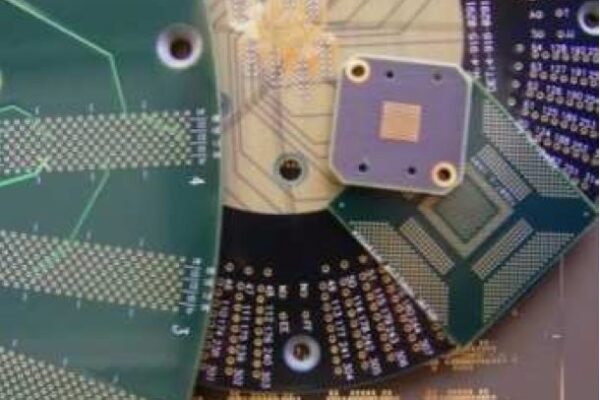
IoT poses new challenges to test service providers
Many sensors, including MEMS devices require thorough calibration and test before being assembled into the end node device. Sensor test typically includes providing a defined stimulus signal. In the case of MEMS sensors this is frequently a mechanical signal such as acceleration or turn; in more general terms such a stimulus could also be a magnetic field, moisture, sound, gas, or many other physical values. Motion and acceleration sensors in some cases require an acceleration as high as 100g – ten times higher than what electronics even in a fighter jet is typically exposed to.
While test handler manufacturers over the past years have provided, test handlers that offer stimulus modes and some sensor handling equipment also has been built for specific stimuli, it is obvious that standard gravity, pick-and-place and turret handlers were designed for different applications than sensors. They typically are designed for different package types, test times, tester constraints, temperature requirements, to name just a few differences.
In contrast, sensor devices exhibit different properties from standard ICs, including the (typically) lower I/O count, smaller package outlines (with the first wafer level sensors emerging now), functional areas on the package such as ports for pressure, sound, or light. Plus, the test time can be relatively long, with more than 30 seconds for pressure sensors. Nevertheless, tester resources are hardly a limitation for testing; parallelism of up to 256 simultaneous tests can be achieved.
Within the broad spectrum of products targeting IoT application, sensors for consumer application feature some specific attributes, Richter said. For instance, the need to be very inexpensive to enable high volume market penetration. And if they ramp, they ramp steeply to reach their otherwise relatively short product life cycle of two to three years. And, unlike with products for industrial deployment, there is less continuity in consumer products – the next product generation often requires an altered or even a completely different stimulus.
While testers can be reconfigured and re-used, it is not uncommon that test handlers cannot be upgraded to meet the requirements of the next generation. Thus, they are essentially obsolete after a period much shorter than the normal depreciation time. This trend also tends to be exacerbated by shrinking device package dimensions beyond the practical capability of the handling concept initially chosen for the prior sensor product generation.
For all these reasons, parallelism will be an important development tendency for testers and handlers. "144x// will be the standard for affordable IoT end devices to meet the cost target; scaling to 288x// is possible", he said. From the perspective of testing, single insertion 9DOF test is possible. And since sensors will change more frequently, re-tooling of the test equipment will also become more frequent.
Another aspect is that Capex for sensor test will become (even more) significant. These expenses will be difficult to handle for smaller IoT end node makers. As a means to bridge this "Capex chasm" to volume, Richter suggests OSAT (Outsourced Semiconductor Assembly and Test). In order to reach the 50 billion connected device in the IoT, "one needs to think big", Richter said.
The test equipment provider will exhibit its latest developments at electronica, hall 1, stand 665.
 If you enjoyed this article, you will like the following ones: don't miss them by subscribing to :
eeNews on Google News
If you enjoyed this article, you will like the following ones: don't miss them by subscribing to :
eeNews on Google News



